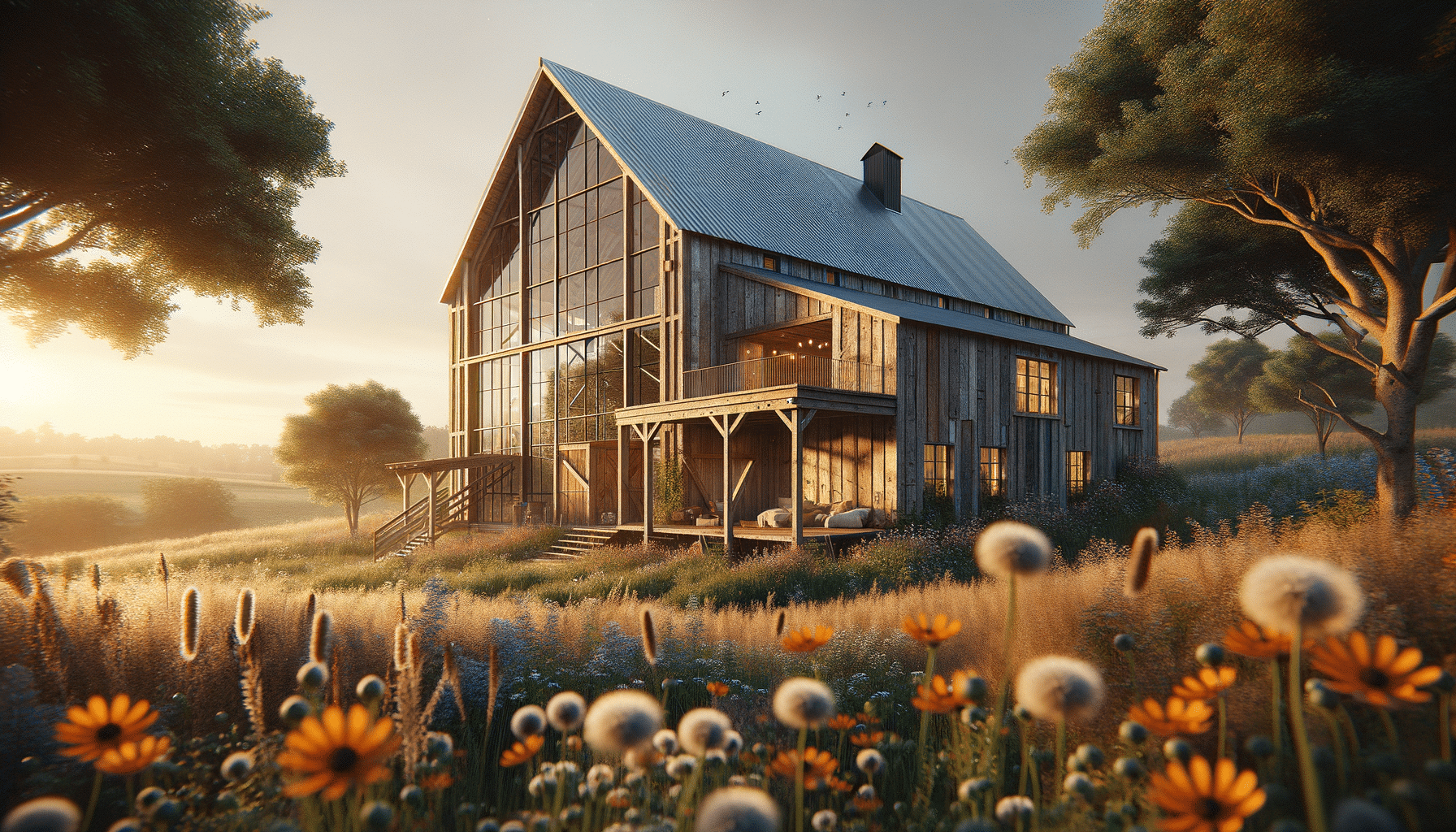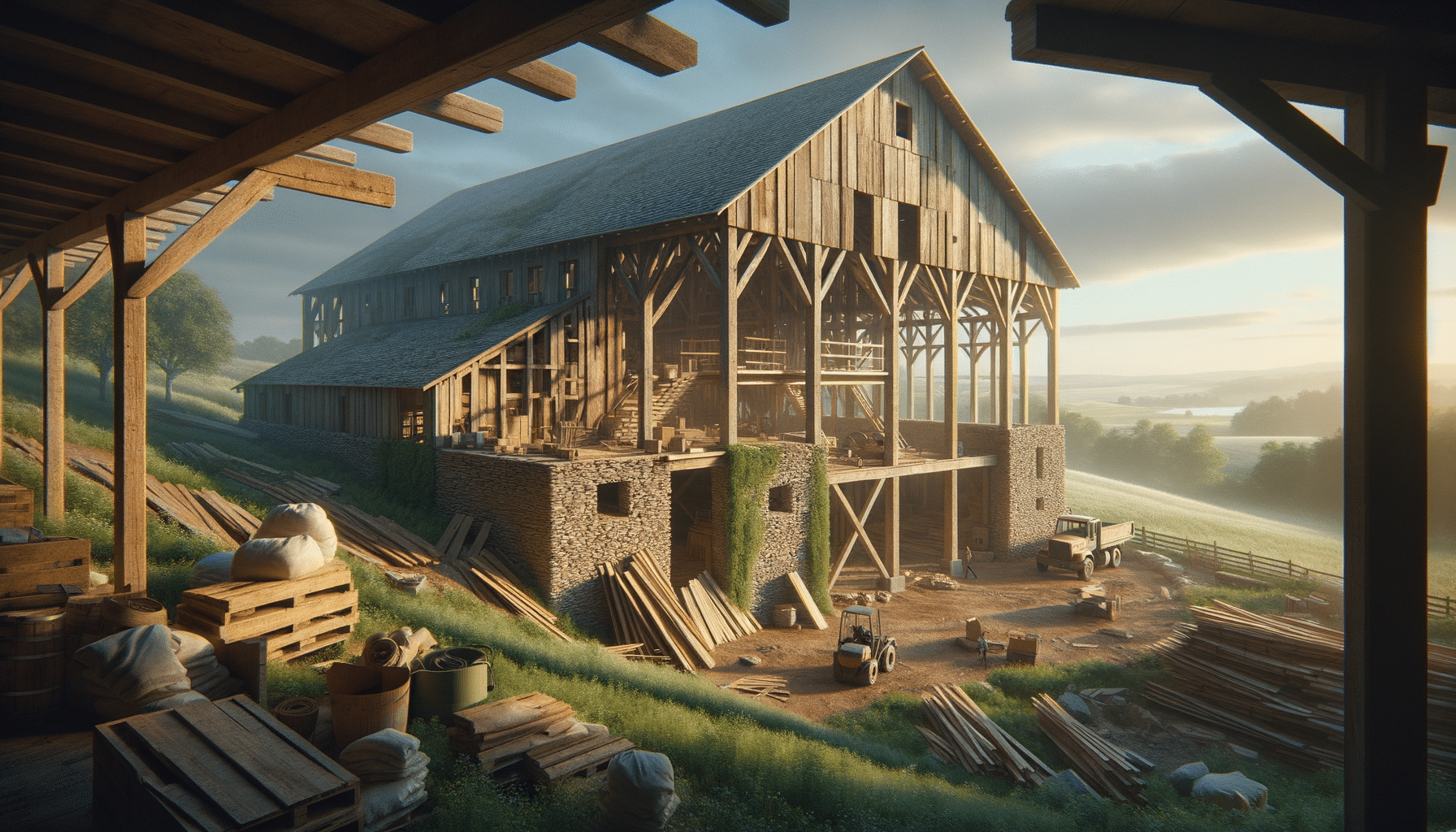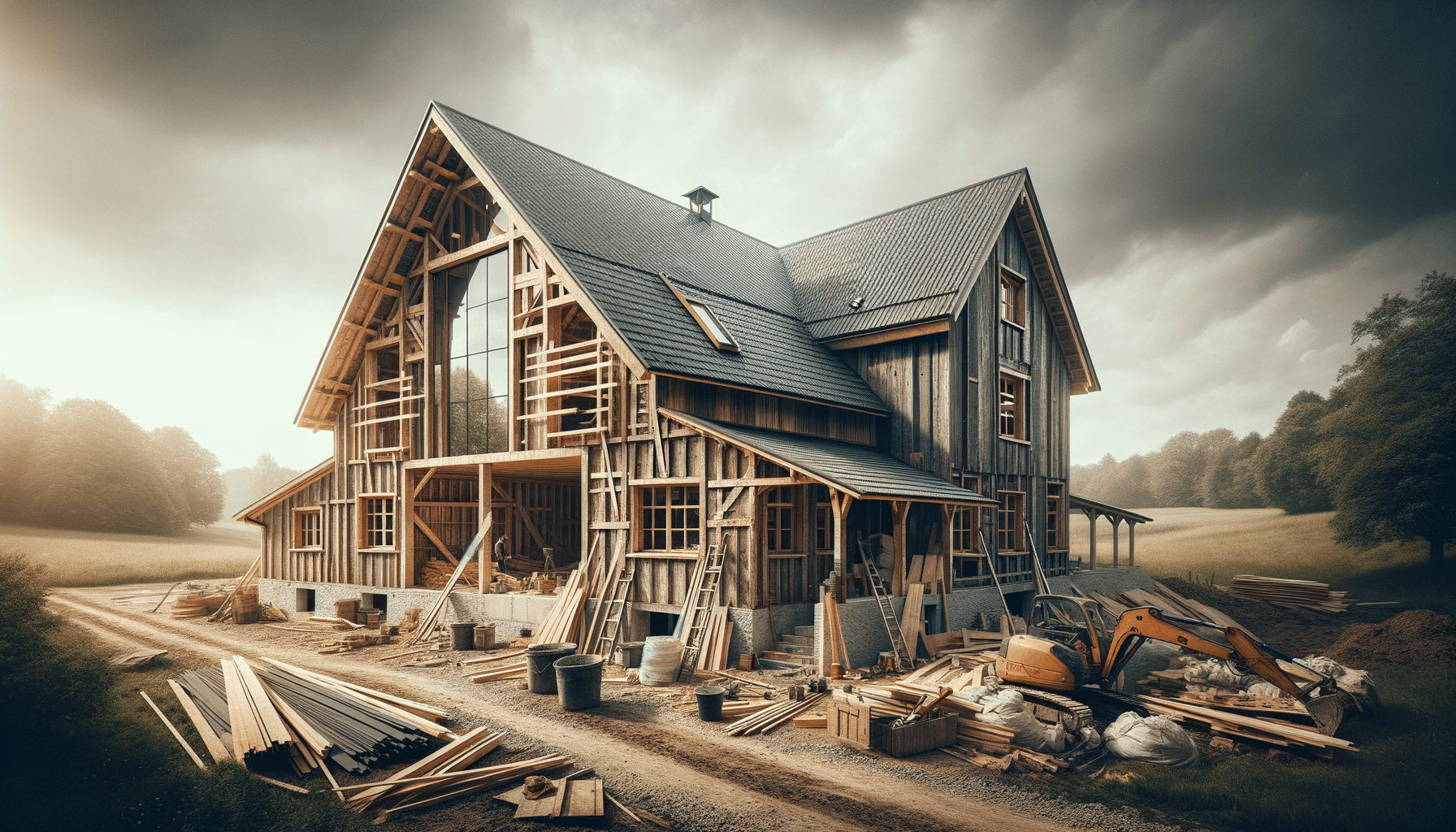
Barn-to-Home Conversion Contractors: Transforming Rustic Charm into Modern Living
The Growing Popularity of Barn-to-Home Conversions
The trend of converting barns into homes has gained significant momentum over the past few years. Once merely agricultural structures, barns are being transformed into stylish and functional living spaces that retain their rustic charm. This shift is not just about aesthetics; it reflects a broader cultural movement towards sustainability and the repurposing of existing structures. As more people seek unique living environments that blend history with modern conveniences, barn-to-home conversions offer an appealing solution.
Several factors contribute to the increasing popularity of these conversions. Firstly, the architectural appeal of barns—with their high ceilings, exposed wooden beams, and open floor plans—provides a distinctive canvas for creative interior designs. Secondly, converting a barn can often be more cost-effective than building a new home from scratch, especially when the structure is sound and requires minimal structural changes.
Moreover, barn conversions can enhance the value of a property. They offer the perfect blend of rural tranquility and contemporary living, attracting buyers who desire a home with character and history. The process, however, is not without its challenges, which is why hiring experienced barn-to-home conversion contractors is crucial.
Key Considerations in Barn-to-Home Conversions
When embarking on a barn-to-home conversion, several key considerations come into play. One of the primary challenges is ensuring that the barn is structurally sound and suitable for residential occupancy. This often requires a thorough inspection and assessment by professionals who specialize in such conversions.
Another important factor is the local building regulations and zoning laws. These can vary significantly depending on the location, and it’s essential to ensure that the conversion complies with all legal requirements. This is where barn-to-home conversion contractors can offer invaluable assistance, guiding homeowners through the complex web of regulations.
Additionally, the design and layout must be carefully planned to maximize the available space while preserving the barn’s unique features. This often involves creative solutions to incorporate modern amenities without compromising the rustic aesthetic. For example, maintaining the original beams and open spaces while integrating energy-efficient systems and contemporary interiors.
- Structural integrity assessment
- Compliance with local building codes
- Preservation of original features
- Integration of modern amenities
The Role of Barn-to-Home Conversion Contractors
Barn-to-home conversion contractors play a pivotal role in transforming these rustic structures into comfortable and stylish homes. Their expertise spans various disciplines, from architecture and engineering to interior design and project management. They are adept at navigating the unique challenges associated with barn conversions, ensuring a seamless transition from barn to home.
One of the primary responsibilities of these contractors is to assess the structural integrity of the barn. This involves identifying any repairs or reinforcements needed to meet residential standards. They also work closely with architects and designers to develop a layout that maximizes the barn’s potential while adhering to the client’s vision.
Furthermore, contractors coordinate the various aspects of the conversion project, from obtaining necessary permits to managing timelines and budgets. Their role is crucial in ensuring that the project is completed efficiently and to a high standard, ultimately turning a rustic barn into a modern home that meets all the functional and aesthetic requirements of the homeowner.
Design Inspirations for Barn-to-Home Conversions
Designing a barn-to-home conversion is an exciting opportunity to blend rustic elements with modern design principles. The unique architecture of barns allows for creative interior layouts that take advantage of features like high ceilings and open spaces. Here are some design inspirations that can guide your conversion project:
Firstly, consider maintaining the barn’s original features, such as exposed beams and wooden cladding, to preserve its rustic charm. These elements can be complemented with contemporary furnishings and fixtures to create a harmonious balance between old and new.
Open-plan living is another popular choice in barn conversions, leveraging the spacious interiors to create fluid, multifunctional areas. This approach not only enhances the sense of space but also allows for flexible living arrangements that can adapt to various needs and preferences.
- Preservation of rustic elements
- Open-plan living spaces
- Incorporation of natural light
- Use of sustainable materials
Summary: Embracing the Charm of Barn-to-Home Conversions
Barn-to-home conversions offer a unique opportunity to create a living space that is both charming and functional. By transforming these historic structures into modern homes, homeowners can enjoy the best of both worlds: the rustic beauty of the past and the conveniences of contemporary living.
As the trend continues to grow, the role of barn-to-home conversion contractors becomes increasingly important. Their expertise ensures that the conversion process is seamless, compliant with regulations, and aligned with the homeowner’s vision. Whether you’re drawn to the architectural charm or the sustainability aspect, barn conversions provide a distinctive and appealing lifestyle choice.
If you’re considering a barn-to-home conversion, it’s essential to work with experienced professionals who can guide you through the process and help you realize your dream home. With the right team, your rustic barn can become a modern masterpiece, offering an exceptional living experience.


